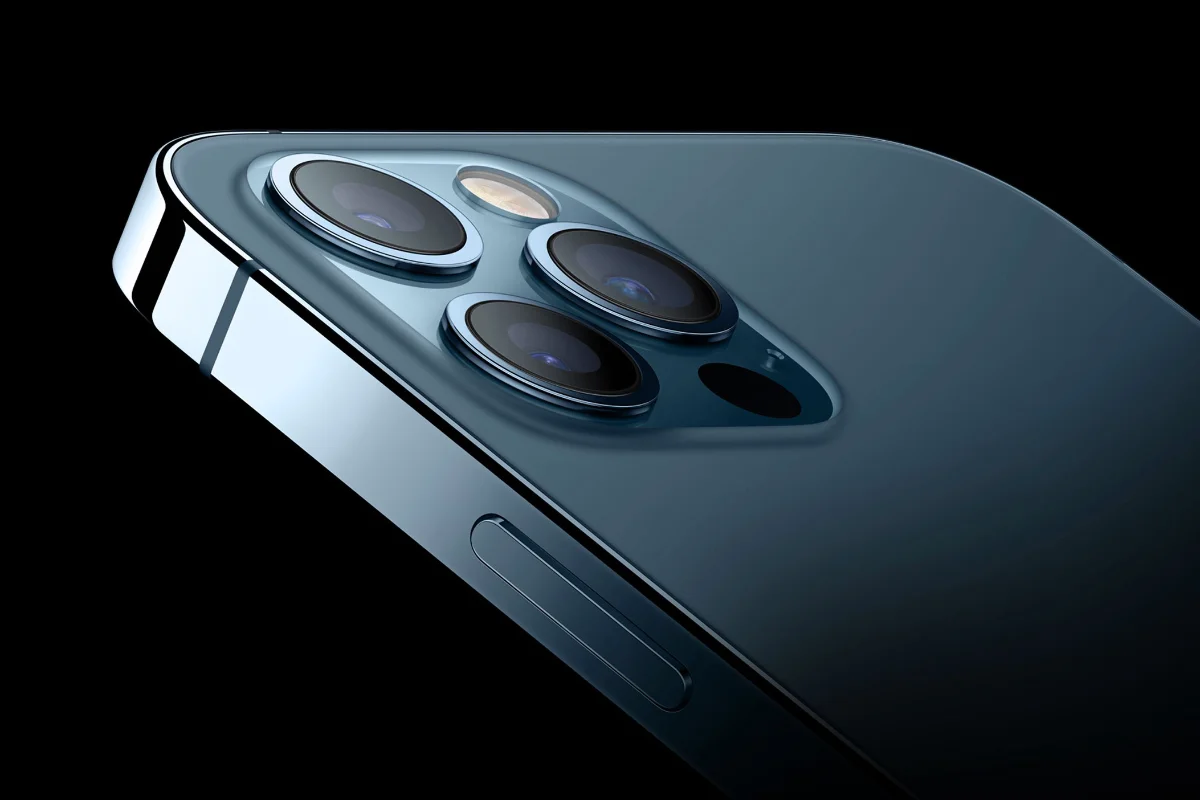An ultra wide lens presents new opportunities for mobile photography. The ability to get closer to a subject and exaggerate the perspective brings new interesting photos in your gallery. iPhone created a buzz by providing ultra-wide lens as standard instead of telephoto, but as usual, android is always the first in class by the release of LG V60 way back in 2016 with a 12mm lens. But Apple is never about first in class, but always best in class. Android platform meanwhile is the Cambrian explosion of phone evolution. With endless choices at your disposal, here are some of the phones with ultra wide lens that is consider the best.
Having an ultra-wide lens maybe a nice feature to have, but most manufacturer are not telling the whole story about the innovation of solving the problem of getting an ultra-wide such as image quality, color consistency and sharpness. Here are some of the best ultra-wide cameras ever to put on a phone according to our research.
Samsung S21 - 13mm f/2.2
The Samsung S21 was recently launched in Jan 2021. The galaxy S-series remains the flagship of Samsung phones. The ultra-wide on the phone is a 13mm f/2.2 equivalent lens. Reviews has said that the lens system is pretty much a carry over from the S20 but with faster autofocus. Some issues occur in low-light situation so plan accordingly.
Since this is a new and expensive phone, some might be reluctant to spend almost a grand on a phone. For a cheaper alternative, consider the Samsung A51 which is the best selling phone in the world. It has the same lens as the flagship S21 but a fraction of the cost.

Huawei Mate 40 Pro+ - 14mm f/2.4
Huawei selling point is that the camera system is co-engineered with Leica, a imaging company in Germany with a history of producing one of the best lens ever made for a camera. Do not expect M-series quality lens on the phones because of price and physical constraints, it is reported that the Huawei is one of the best camera ever for a phone. Even in blind testing conducted by MKBHD on Twitter in 2020, the Huawei Mate 40 Pro is in the final 4 of the sweepstakes.
Reviewers praise for the lens construction which uses a free form lens to control distortion of ultra-wide lens instead of the typical route of using software and the use of phase detection autofocus which allow for quick autofocus speed. However, low light situation is a problem, but photography is always a play with light. Nevertheless, some reviewers decided that this is the king of camera phones.

OnePlus 8 Pro - 14mm f/2.2
The OnePlus brand was the raising star in a sea of Android phones. It was called the flagship killer. Now it has joined the sub $1000 club with the OnePlus 8 Pro costing $899.00 with a $999 higher spec option. A far cry from the lean and mean $299 when it first started.
The OnePlus 8 Pro sports a 14mm f/2.2 equivalent lens although reports says that after distortion correction, the actual focal length would be 16mm. Do expect a large barrel distortion effect near the edges when you close to a straight object. Reviews says that the camera is mostly good but there are some artifact issues like limited dynamic range and color fringing.

Oppo Find X2 Pro - 16.5mm f/2.2
Oppo selling point is that the camera system uses Sony sensor. While I’m not sure the extant of Sony’s involvement in the camera development, the brochure really splash Sony’s name everywhere. The sensor is fairly large at 0.5-inches. Overall, the camera system is good, but the ultra-wide is said to be the weak link in the system.

Xiaomi Mi 10 Pro - 16mm f/2.2
Xiaomi is one of the fastest growing company in China and has been fairly successful in the USA. The Mi 10 Pro is a solid camera. Although the ultra-wide lens is not as wide like the solution from Samsung, it still inline with their competitors. Reports indicate that the camera perform well in good light situations. There is still room for improvement in the low-light department.

Comparisons with iPhone

iPhone is the system that every Android out there wants to beat. It has been reported that the camera system is one of the best in the business. For better of worse, iPhone has changed the phone camera game and bring it to new heights. That being said, it is not without faults. In blind test, iPhone camera failed spectacularly in the first round despite praises to the system. The ultra-wide is generally praised for the color accuracy, but there are some issues with details and corner softness. There is also issue with a slight green cast when outdoors. This is usually the results of color fringing on the lens. Nevertheless, there is no shortage of good photos created by the ultra-wide lens.

Plug
Help grow this site and my family by visiting my affiliate links below:-
- Samsung S21 - Amazon
- Samsung A51 - Amazon
- Huawei Mate 40 Pro - Amazon
- OnePlus 8 Pro - Amazon
- Oppo Find X2 Pro - Amazon
- Xiaomi Mi 10 Pro - Amazon
- iPhone 12 mini - Buy at Amazon
- iPhone 12 - Buy at Amazon
- iPhone 12 Pro - Buy at Amazon
- iPhone 12 Pro Max - Buy at Amazon
Accessories:-